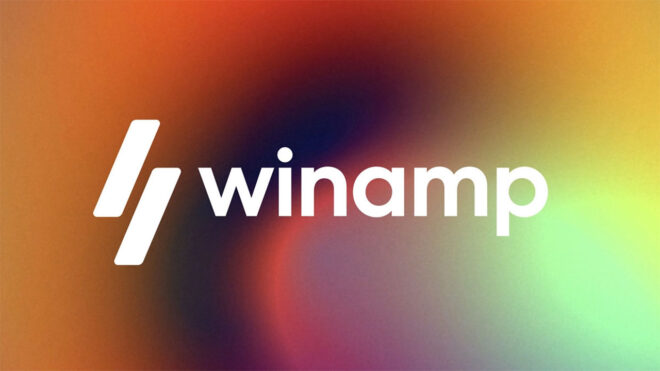Legendary music player, one of the most important software options of the old era winampsource codes on GitHub had published.
Winamp was once a must-have for every computer. It is among the first software installed on a new computer when it is purchased. winamp and this situation continued for a very long time. But then things changed with Spotify, and the popular software quickly fell into serious background. Still one of the greatest computer legends of a generation winamp, source codes of Windows software on the promised date months ago. Opened to developers via GitHub. Here, the aim is to update/modernize the software with the participation of other developers. The company did not switch to a completely open source structure. However, this process did not go exactly as desired. According to the statement, the first version of the shared codes included a special license called Winamp Collaborative License (WCL). This license fork (Why?) completely banned it and that’s why it attracted reaction. The codes also contained parts of the Shoutcast DNAS server code that Llama Group had previously sold to Azerion. The content also included some source codes from Intel and Microsoft. On top of all these problems, the source codes are available on GitHub without any explanation. removed.
YOU MAY BE INTERESTED IN
The only things that remain in our lives for years are Spotify The name, which was forgotten after online music services such as, announced a major change of focus last year in order to be a part of the future. It has been stated that the focus will be specifically on music producers in the new period. Spotify The aim of being an online music service like this was not targeted. The company offers musicians their work distribute, promote and through their music to make a profit He stated that he developed a content creator platform that provides tools for content creators. In the first stage to start trying this platform from here able to participate 25 thousand looking for content creator/musician winamp, He also stated that he would offer a subscription system for fans within the established infrastructure. The company had created the impression that it was developing a music version of Patreon.
